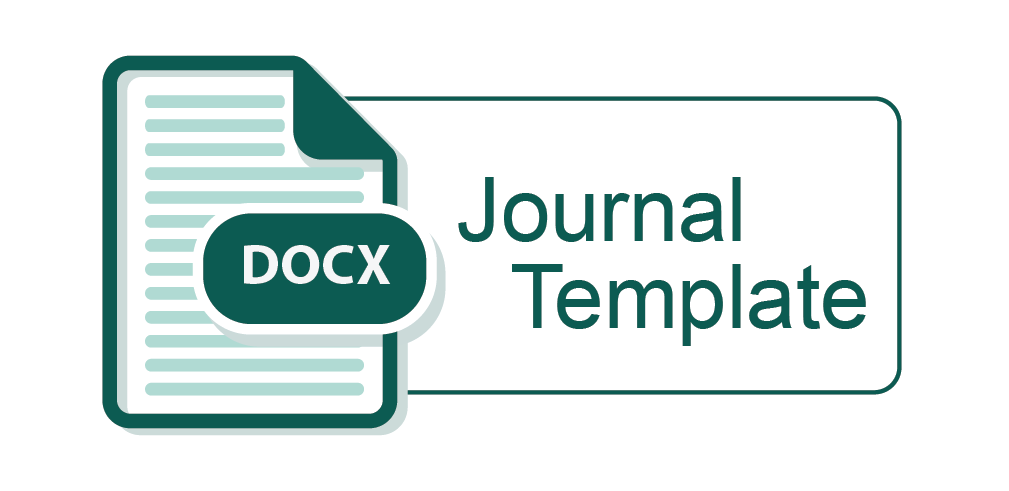Participatory Assessment of Resources and Needs of Upland Communities: A Case in Inopacan, Leyte, Philippines
DOI:
https://doi.org/10.32945/atr36s18.2014Keywords:
Participatory rural appraisal, upland barangays, community needs, livelihood optionsAbstract
Experiences of past projects show that interventions would more likely succeed if these are designed considering the needs and resources of the target beneficiaries. To achieve this end, participatory rural appraisals (PRAs) were conducted in three barangays of Inopacan, Leyte with marginal upland areas. The PRAs were participated by 64 community representing almost all sectors. Tools used residents in data gathering were seasonal calendar, historical timeline, Venn diagram, household labor allocation, household decision-making, livelihood analysis, and problem tree analysis. Results showed that residents’ main livelihood are farming and livestock raising. Major crops planted are coconut, corn, rootcrops, and banana; while animals raised include goats, swine, native chickens and carabaos. Due to limited water supply in the barangays, farmers have to depend on rainfed farming system. To augment family income, some women engage in backyard gardening, and in food processing and selling. Results also revealed that they have experienced problems like infertile soils, infestation which reduced productivity of coconut. The FGD participants expressed that many people in their locality need other livelihood options to supplement their unstable income from coconut. The livelihood activities that can be enhanced through trainings and technical assistance include farming, animal raising and food processing. Results have implication in planning for more sustainable resource-based management.
Downloads
Submitted
Published
How to Cite
Issue
Section
License

This work is licensed under a Creative Commons Attribution-NonCommercial-ShareAlike 4.0 International License.











